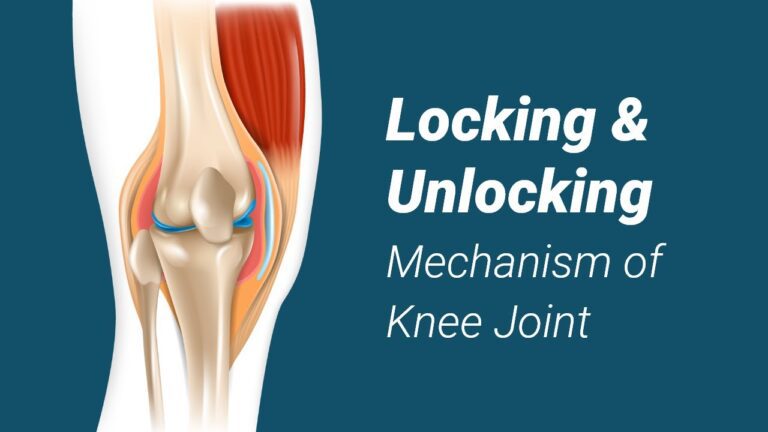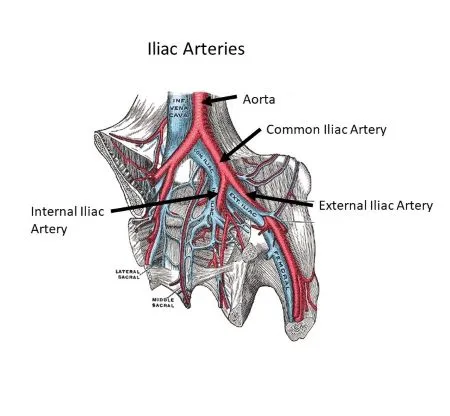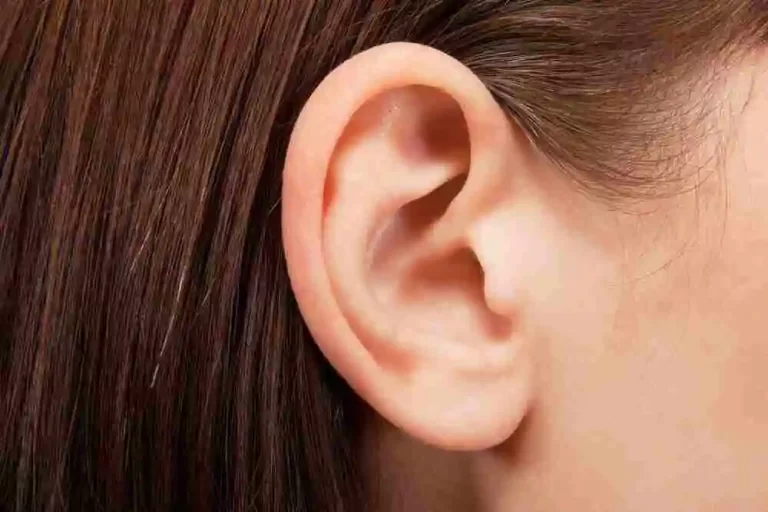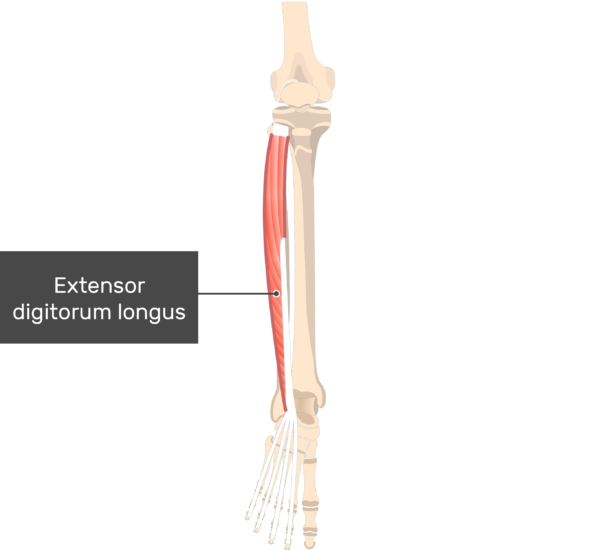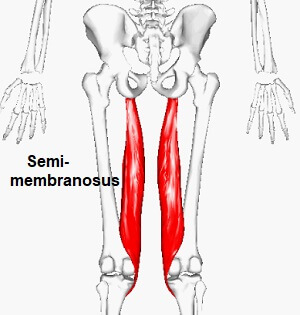Pubofemoral Ligament
Table of Contents
Introduction
The Pubofemoral Ligament is another important ligament that connects the pelvis to the thigh bone (femur) and helps to stabilize the hip joint. It is located on the front of the hip joint and is one of the strongest ligaments in the body.
Injuries to the pubofemoral ligament can also cause pain, stiffness, and difficulty with movement. correct diagnosis and treatment are necessary for total recovery. Preventative measures, such as maintaining a healthy weight and using proper techniques during physical activity, can also help to reduce the risk of injury.
Structure of the Pubofemoral Ligament
The pubofemoral ligament is a thick, strong band of connective tissue that runs from the pubic bone to the femur. It is triangular in shape, with a wide base that attaches to the pubic bone and a narrow apex that attaches to the femur. The ligament is composed of collagen fibers that are arranged in a crisscross pattern, which gives it its strength and stability.
At the pubic bone, the pubofemoral ligament blends with the capsule of the hip joint, which is a thin, fibrous membrane that surrounds the joint and helps to hold it together. At the femur, the ligament attaches to a bony ridge called the intertrochanteric line, which is located on the upper part of the thigh bone.
The pubofemoral ligament is one of three ligaments that help to stabilize the hip joint. The other two ligaments are the iliofemoral ligament and the ischiofemoral ligament. Together, these ligaments work to prevent excessive movement of the hip joint and help to maintain proper alignment of the femur and pelvis.
So in the end, the structure of the pubofemoral ligament is well-suited for its role in hip joint stability. It is strong collagen fibers and triangular shape allows it to withstand the forces that are placed on it during physical activity, while its attachment points at the pubic bone and femur provide a stable anchor for the ligament to work from.
Function of the Pubofemoral Ligament
The pubofemoral ligament has an important role in stabilizing the hip joint and maintaining proper alignment of the femur and pelvis. It works together with the iliofemoral and ischiofemoral ligaments to prevent excessive movement of the hip joint in all directions, including rotation, abduction, and adduction.
During physical activity, the hip joint is subjected to various forces that can cause it to become unstable. The pubofemoral ligament helps to counteract these forces by providing a strong, stable connection between the pubic bone and the femur. This allows for smooth, controlled movement of the hip joint and helps to prevent injury.
In addition to its role in hip joint stability, the pubofemoral ligament also plays a role in maintaining proper pelvic alignment. The ligament helps to keep the pelvis level and prevents excessive tilting or rotation of the pelvis. This is important for maintaining proper posture and balance during physical activity.
Overall, the pubofemoral ligament is an essential component of the hip joint and plays a crucial role in maintaining joint stability and proper alignment. Its strength and stability make it well-suited for its role in supporting the hip joint during physical activity.
Blood supply of the Pubofemoral Ligament
The pubofemoral ligament gets its blood supply from several various sources. The main source of blood supply to the ligament is the medial femoral circumflex artery, which is a branch of the deep femoral artery. The medial femoral circumflex artery runs along the medial aspect of the femur and gives off branches that supply blood to the pubofemoral ligament.
In addition to the medial femoral circumflex artery, the pubofemoral ligament also receives blood from the obturator artery, which is a branch of the internal iliac artery. The obturator artery gives off branches that supply blood to the pubic bone, which in turn supplies blood to the pubofemoral ligament.
The blood supply to the pubofemoral ligament is essential for maintaining its health and function. Without adequate blood supply, the ligament may become weakened or damaged, which can lead to instability of the hip joint and increased risk of injury.
In conclusion, the pubofemoral ligament receives its blood supply from the medial femoral circumflex artery and obturator artery. These arteries provide essential nutrients and oxygen to the ligament, helping to maintain its strength and function.
Symptoms of the Pubofemoral Ligament Injury
The pubofemoral ligament is a strong band of connective tissue that runs from the pubic bone to the femur (thigh bone) and helps to stabilize the hip joint. Injuries to this ligament can cause a range of symptoms, including:
- Pain: The most common symptom of a pubofemoral ligament injury is pain in the groin or hip area. Movement or activity might make the pain worse and it may be either intense or mild.
- Stiffness: Injuries to the pubofemoral ligament can cause stiffness in the hip joint, making it difficult to move or walk.
- Swelling: Swelling may occur in the groin or hip area as a result of a pubofemoral ligament injury.
- Weakness: The pubofemoral ligament helps to stabilize the hip joint, so an injury to this ligament can cause weakness in the hip and leg muscles.
- Instability: In severe cases, a pubofemoral ligament injury can cause instability in the hip joint, making it difficult to stand or walk without support.
- Clicking or popping: Some people may experience clicking or popping sensations in the hip joint when they move after a pubofemoral ligament injury.
- Limited range of motion: A pubofemoral ligament injury can limit the range of motion in the hip joint, making it difficult to perform certain activities or movements.
It is very important to take medical treatment if you experience any of these symptoms, as untreated pubofemoral ligament injuries can lead to long-term complications such as chronic pain and instability in the hip joint.
Injuries of the Pubofemoral Ligament
Several activities can cause a pubofemoral ligament injury, including:
- Sports: Sports that involve sudden changes in direction or jumping, such as soccer, basketball, and volleyball, can put stress on the pubofemoral ligament and increase the risk of injury.
- Running: Running puts a lot of stress on the hip joint and can lead to pubofemoral ligament injuries, especially if the runner has poor form or overuses their muscles.
- Weightlifting: Weightlifting exercises that involve the legs, such as squats and lunges. it can put pressure on the pubofemoral ligament and increase the risk of injury.
- Pregnancy: The weight gain and hormonal changes that occur during pregnancy can weaken the pubofemoral ligament and increase the risk of injury.
- Trauma: Trauma to the hip joint, such as a fall or car accident, can cause a pubofemoral ligament injury.
- Repetitive movements: Repetitive movements that involve the hip joint, such as sitting for long periods or standing for long periods, can put stress on the pubofemoral ligament and increase the risk of injury over time.
- Genetics: Some people may be more prone to pubofemoral ligament injuries due to their genetic makeup or underlying medical conditions.
It is very crucial to take precautions when participating in activities that can increase the risk of a pubofemoral ligament injury, such as warming up properly, using proper form, and wearing appropriate footwear. If you experience any symptoms of a pubofemoral ligament injury, it is very important to take medical treatment as soon as possible in order to prevent further damage and long-term complications.
Treatment of the Pubofemoral Ligament
For treating the injuries of the pubofemoral ligament there are 2 methods useful, conservative treatment and physiotherapy treatment
Conservative treatment
Conservative treatment for pubofemoral ligament injuries typically involves a combination of rest, physical therapy, and pain management. The goal of conservative treatment is to reduce pain and inflammation, promote healing, and restore normal function to the hip joint.
Rest: Rest is essential for allowing the injured pubofemoral ligament to heal. This may involve avoiding activities that aggravate the injury, such as sports or heavy lifting.
Physical therapy: Physical therapy can help improve the range of motion, strength, and flexibility of the hip joint. This may involve exercises to strengthen the muscles around the hip joint, as well as stretches to improve flexibility. A physical therapist may also use modalities such as ultrasound or electrical stimulation to promote healing.
Pain management: Pain management may involve over-the-counter pain medications such as acetaminophen or ibuprofen, or prescription pain medications if necessary. Ice or heat therapy may also be used to help reduce pain and inflammation.
Bracing: In some cases, a brace or support may be recommended to help support the hip joint and reduce stress on the pubofemoral ligament.
Surgery: In rare cases where conservative treatment is not effective, surgery may be necessary to repair or reconstruct the pubofemoral ligament. However, surgery is typically considered a last resort and is only recommended if conservative treatment has been unsuccessful.
It is very essential to follow your healthcare provider’s guidance for conservative treatment and to continue with any prescribed physical therapy or rehabilitation exercises even after symptoms improve to prevent further injury or recurrence.
Physiotherapy treatment
Physiotherapy treatment for pubofemoral ligament injuries typically involves a combination of exercises, stretches, and manual therapy techniques to improve the range of motion, strength, and flexibility of the hip joint. The goal of physiotherapy is to reduce pain and inflammation, promote healing, and restore normal function to the hip joint.
Here are some common physiotherapy treatments for pubofemoral ligament injuries:
Strengthening exercises: Strengthening exercises can help improve the strength of the muscles around the hip joint, which can help support the pubofemoral ligament. Examples of exercises may include hip abduction, hip adduction, hip extension, and hip flexion exercises.
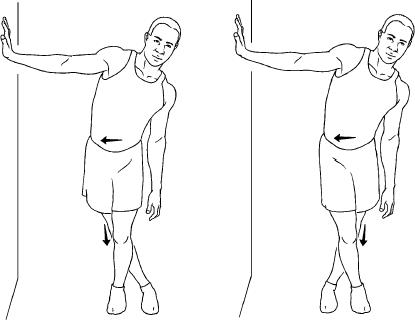
Stretching exercises: Stretching exercises can help improve flexibility in the hip joint, which can help reduce stress on the pubofemoral ligament. Examples of stretches may include hip flexor stretches, hamstring stretches and IT band stretches.
Manual therapy: Manual therapy techniques such as massage, joint mobilization, and trigger point release can help reduce pain and inflammation in the hip joint, as well as improve the range of motion.
Modalities: Modalities such as ultrasound or electrical stimulation may be used to promote healing and reduce pain and inflammation in the hip joint.
Gait analysis: A physiotherapist may analyze your gait (how you walk) to identify any abnormalities that may be contributing to your pubofemoral ligament injury. They may provide recommendations for changes in footwear or walking patterns to reduce stress on the hip joint.
It is very essential to work regularly with your physiotherapist to develop an individualized treatment plan that addresses your specific needs and goals. Consistency with your physiotherapy exercises and treatments is key to achieving optimal outcomes.
Risk factors of the Pubofemoral Ligament
The pubofemoral ligament is a strong band of connective tissue that connects the pubic bone to the femur (thigh bone). It helps stabilize the hip joint and prevent excessive movement. However, certain factors can increase the risk of pubofemoral ligament injuries. These include:
- Overuse: Repetitive stress on the hip joint can cause micro-trauma to the pubofemoral ligament, leading to inflammation and pain. This is common in athletes who participate in sports that involve running, jumping, or sudden changes in direction.
- Trauma: A direct blow to the hip or a fall onto the hip can cause a pubofemoral ligament injury, such as a sprain or tear.
- Muscle imbalances: Weakness or tightness in the muscles around the hip joint can alter the mechanics of the joint, placing increased stress on the pubofemoral ligament. For example, weak gluteal muscles can cause excessive hip adduction (inward movement), which can strain the ligament.
- Joint hypermobility: Individuals with hypermobile joints (joints that move beyond their normal range of motion) may be at increased risk of pubofemoral ligament injuries due to excessive movement in the hip joint.
- Poor posture: Poor posture, such as excessive anterior pelvic tilt (forward tilt of the pelvis), can place increased stress on the pubofemoral ligament and other structures in the hip joint.
- Aging: As we age, the connective tissue in our joints becomes less elastic and more prone to injury. This can increase the risk of pubofemoral ligament injuries.
So It is important to address these risk factors through proper training, strengthening and stretching exercises, and postural correction to reduce the risk of pubofemoral ligament injuries.
How to prevent the risk of the Pubofemoral Ligament
The pubofemoral ligament is a band of connective tissue that connects the pubic bone to the femur bone in the hip joint. It helps to stabilize the hip joint and prevent excessive movement that can cause injury. Here are some ways to prevent injuries to the pubofemoral ligament:
- Maintain a healthy weight: Excess body weight can put extra strain on the hip joint, leading to an increased risk of injury. Maintaining a healthy weight can help in reducing this risk.
- Warm-up and stretch: Before engaging in any physical activity, it is important to warm up the muscles and stretch them properly. This helps to prepare the body for the activity and reduces the risk of injury.
- Use proper technique: When performing any physical activity, it is important to use proper technique to avoid putting unnecessary strain on the hip joint. This can include using proper form when lifting weights or running with proper foot placement.
- Wear appropriate footwear: Wearing appropriate footwear can help reduce the impact on the hip joint during physical activity. Shoes with good arch support and cushioning can help absorb shock and reduce the risk of injury.
- Take rest breaks: Overuse of the hip joint can lead to injury. Taking regular rest breaks during physical activity can help prevent this by allowing the joint to rest and recover.
- Strengthen the hip muscles: Strengthening the muscles around the hip joint can help provide additional support and stability, reducing the risk of injury. Exercises such as leg lifts, squats, and lunges, can help in strengthening these muscles.
- Seek medical attention for pain: If you experience pain in the hip joint, it is important to seek medical attention. Early diagnosis and treatment can help prevent further injury and promote healing.
By following these tips, you can help prevent injuries to the pubofemoral ligament and maintain a healthy hip joint.
FAQ
The pubofemoral ligament is a band of connective tissue that connects the pubic bone to the femur bone in the hip joint.
The pubofemoral ligament helps to stabilize the hip joint and prevent excessive movement that can cause injury.
You can prevent injuries of the pubofemoral ligament by maintaining a healthy weight, warming up and stretching, using proper technique, wearing appropriate footwear, taking rest breaks, strengthening the hip muscles, and seeking medical attention for pain.
Exercises such as squats, lunges, and leg lifts can help strengthen the muscles around the hip joint.


